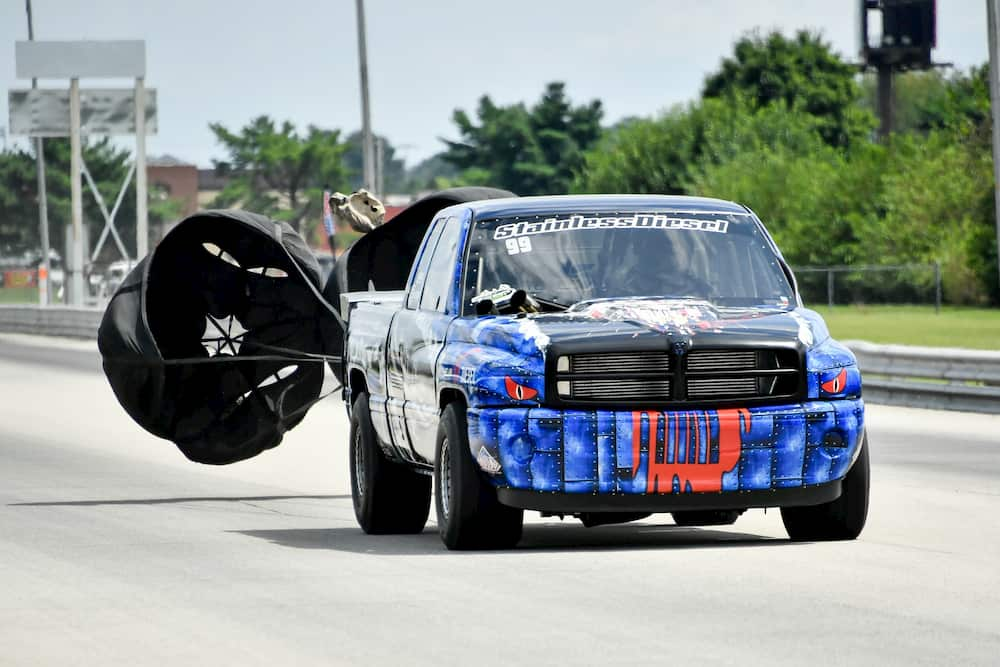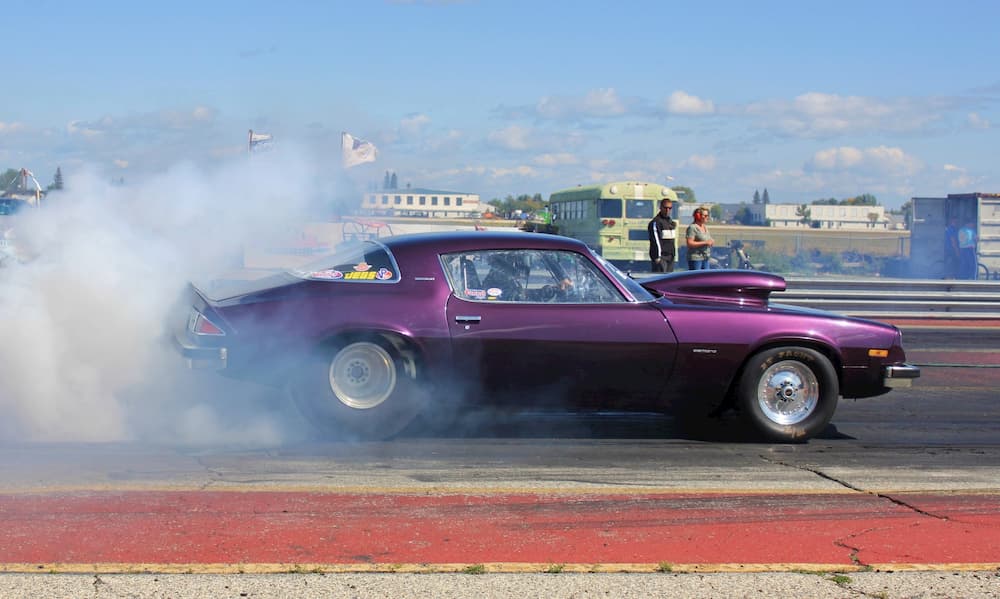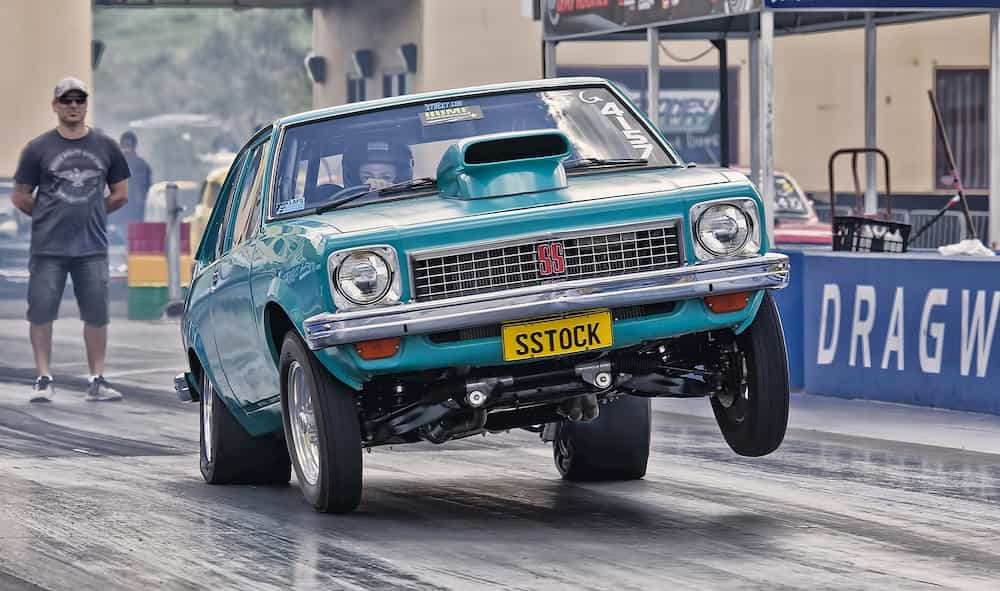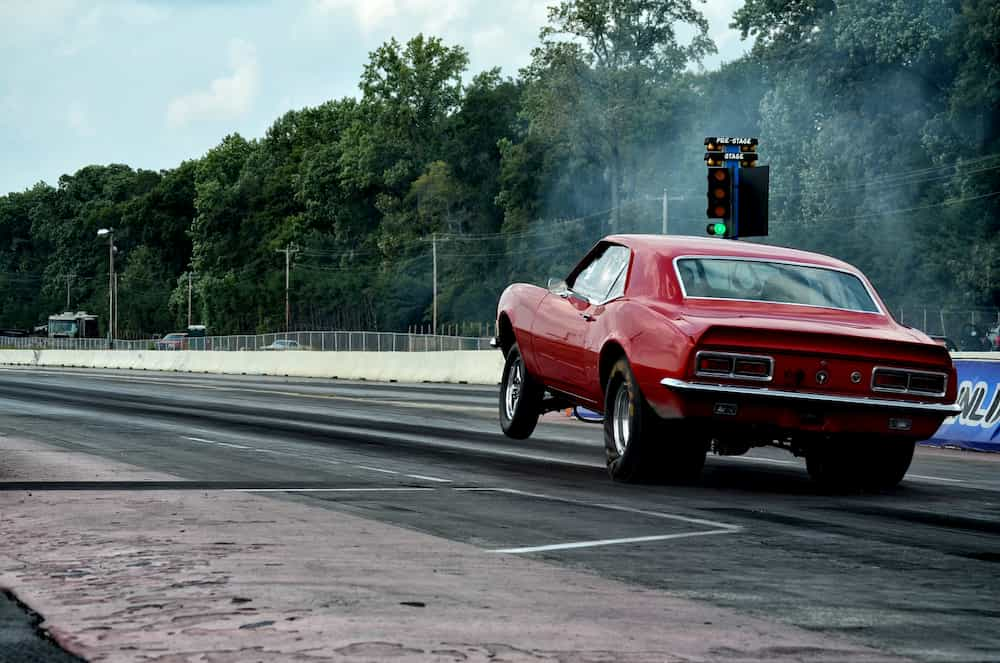History of drag racing
The first recorded instance of drag racing occurred in 1891 when two men raced horses on a dirt track in San Francisco. In the early 1900s, auto racers began using gasoline engines instead of steam power. By the 1920s, auto racing had become a national sport. In the 1930s, the National Association for Stock Car Auto Racing (NASCAR) was formed. NASCAR races were held on oval tracks, which meant that drivers could use all four wheels to get around the track. This made the cars very fast. Today, drag racing is a combination of stock car racing and road racing.
What is drag racing?
Drag racing is a sport where drivers race against each other on purpose. They do so by using a special type of vehicle known as a dragster. These vehicles are designed to go fast and are usually powered by a V8 engine.
What is a dragster?
Dragsters are basically modified stock cars with supercharged engines and very low-profile bodies. They’re usually fitted with slicks, which are specially designed-tires that allow the car to slide sideways without losing traction. This allows the driver to launch the car down the runway at high speed, and when the car reaches the end of the straight, the driver releases the clutch and lets gravity take over. The dragstrip is a long, flat stretch of tarmac where drivers compete against each other to see who can reach the finish line first. There are two types of dragstrips: closed courses and open courses. Closed courses are generally used for racing events, while open courses are used for practice sessions. Dragsters are typically raced on closed courses, although some racers use open courses to hone their skills. Dragsters are built to handle extreme speeds, and the engines are tuned specifically for the purpose of reaching top speeds. Dragsters are often equipped with a parachute system to slow the car down after it leaves the runway. Drivers must be careful not to hit the ground too hard, because the impact could damage the suspension and cause the car to lose control.
What is burnout?
Burnout is when you use a lot of engine power to accelerate quickly. It’s used to heat up the rear tires of a drag racing vehicle. This allows the driver to achieve higher speeds during acceleration. In order to perform a burnout, the driver must first apply enough power to the rear tires to cause them to lose traction. Once the tires have lost traction, the driver releases the accelerator pedal and applies the brakes. The driver should release the brake pedal once the tires have regained traction.
Rule of drag racing – LAUNCHING
The first rule of drag racing is to not launch too early. It’s easy to think that you’ve got plenty of time to go before the lights change, but you only have seconds. In fact, you should wait until the last moment possible to launch. This will give you enough time to get off the line cleanly, which is important because it gives you the best chance of getting away from the line quickly.
How are lasers used during drag racing?
Lasers are used in drag racing to help drivers get the best launch position. They’re usually mounted above the driver’s head, pointing down towards the track. The first laser triggers the pre-start light, which is a yellow light that appears on the front of the car. It indicates that the driver should begin his/her acceleration. The second laser triggers the stage light, which is a series of four lights that appear on the top of the car. These lights indicate that the driver should accelerate. The third laser triggers the main lights, which are a series of six lights that appear on the sides of the car. These main lights indicate that the driver must accelerate. Finally, the fourth laser triggers the green light, which is a single light that appears on the rear of the car. This green light indicates that the driver should accelerate and release the clutch.
Rule of drag racing – FOCUS
Focus on the task at hand. The key to success is to stay focused on the task at hand, not on the results. This is especially true when racing. Racing is about being in control of your vehicle. It’s about knowing where you are, where you want to be, and how fast you can get there. Stay focused on the task at hands. Don’t worry about the results. Just focus on getting through the race. If you start thinking about the results, you’ll lose concentration and your performance will suffer. Concentrate on the task at hand and let the results take care of themselves.
About timeslips
In drag racing, there are many ways to interpret your timeslips. You can look at the numbers alone, or you can take into account the context of the times.
Timing: This refers to how well you launch from the line. If you launch early, you’ll have a negative time. If you launch late, you’ll get a positive time.
Reaction Time: This measures how quickly you respond to the lights changing. If you’ve got a fast reaction time, you’ll be able to launch sooner.
Launch Angle: This tells you how far forward you’re launching. If you’ll launch further back, you’ll need more low-down torque.
Gear Shift: This tells you how well you shift gears. If you’d rather not shift gears, you can launch later.
Top Speed: This tells you how fast you go once you’re moving. If you’re going slower, you’ll want more top-end power.
Terminal Speed: This tells you the speed you hit the line at. If you’re hitting the line at a higher speed, you’ll probably have more top-end power, but if you’re hitting the line at a lower speed, you may need more low-down power.
ET: This is elapsed time. Lower is better.
RPM: This is revolutions per minute. Higher is better.
TQ: This is torque. More is better.
HP: This is horsepower. More is better.









